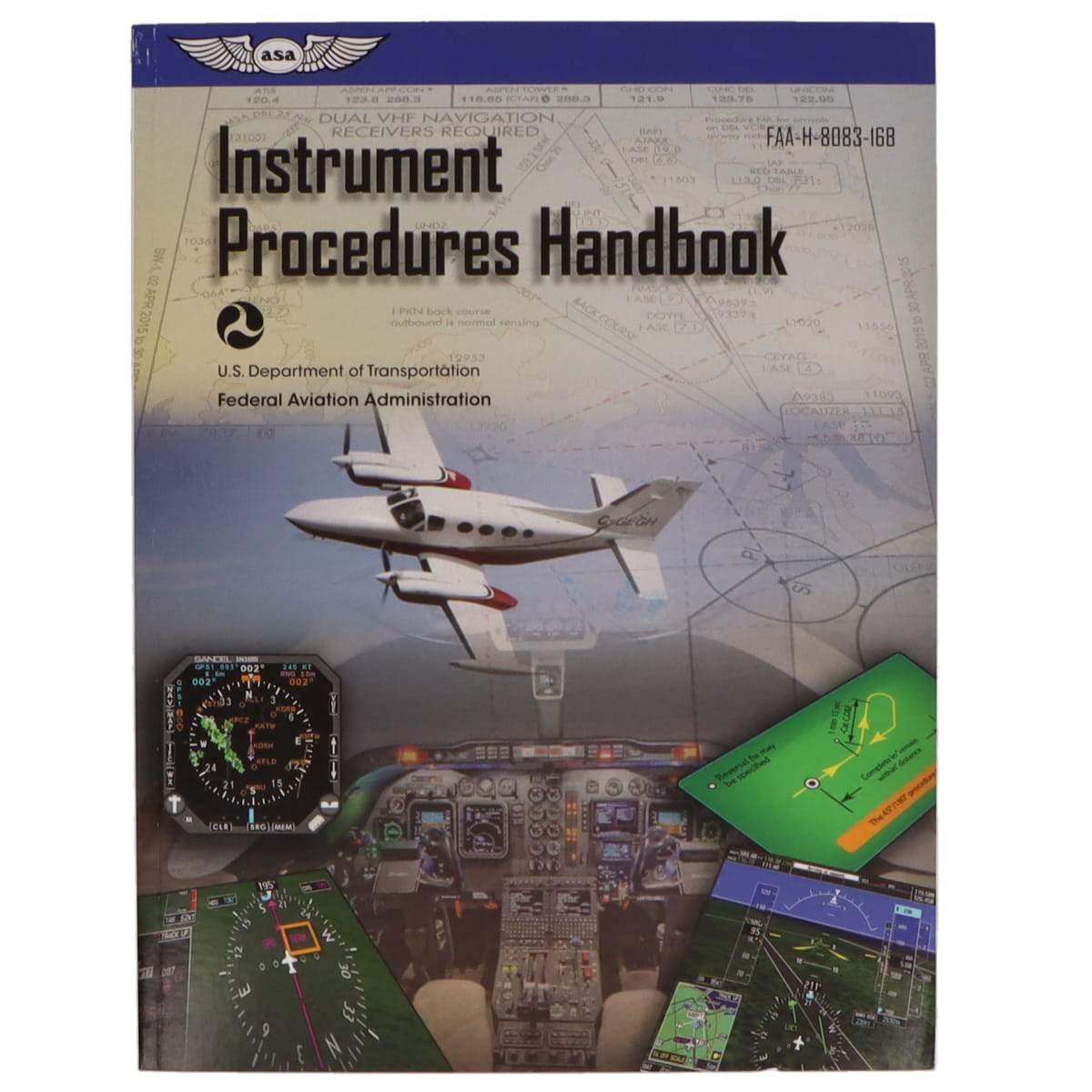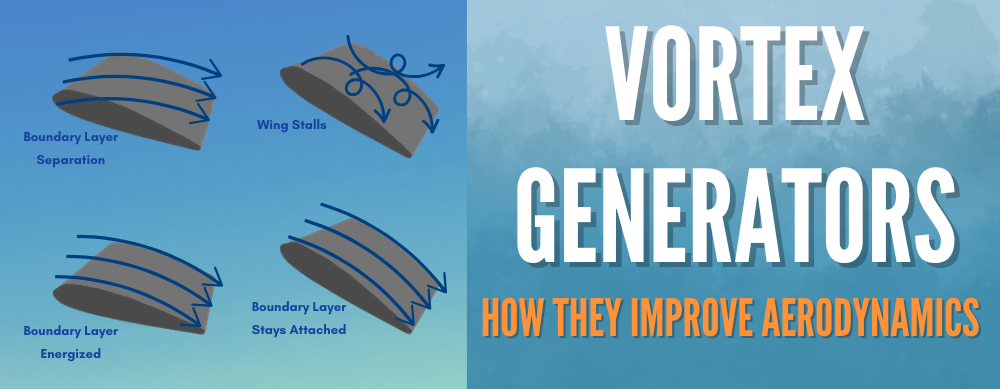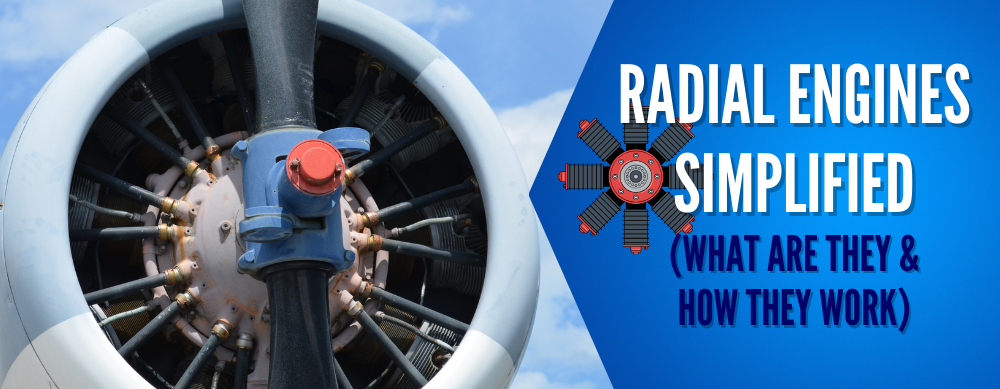A Guide to SIDs and STARs: Navigating Air Traffic with Standard Instrument Departures and Arrivals.
Let's get started by jumping right into learning more about SIDs (Standard Instrument Departures) and STARs (Standard Terminal Arrival Routes)!
If you've ever wondered how air traffic stays so organized—especially in busy skies—this is where it all begins. These routes might seem invisible from your seat on an airplane, but they're the reason flights smoothly transition between the ground and cruising altitudes, or from cruising to landing.
If you're just curious or gearing up for your next flight, understanding SIDs and STARs gives you a peek behind the curtain of air traffic control's balancing act.
On to the guide!
SUMMARY
-
STARs guide arriving aircraft from en-route to the approach phase.
-
SIDs guide aircraft from takeoff to the en-route phase.
-
Both are important for managing traffic in congested airspaces, leveraging modern navigation systems like RNAV.

What are STARs?
A Standard Terminal Arrival Route (STAR) is a published flight procedure that aircraft follow when approaching a destination airport on an instrument flight rules (IFR) flight plan.
In simple terms, a STAR helps to guide airplanes during the final stage of their flight. Think of it being like a pre-programmed path that brings an aircraft down from cruising altitude and smoothly adds it into the busy airspace around an airport.
STARs often end just before the approach to the runway, where ATC takes over for final guidance. STARs reduce the workload for both pilots and air traffic controllers and makes the surrounding airspace safer to fly in.
When aircraft are on a direct route to a STAR, air traffic control must also make sure that the airplane clears any obstacles along the way.
If a pilot receives a "descend via" instruction, they must follow all altitude and ATC assigned speed restrictions on the STAR.
While Minimum En-route Altitudes (MEAs) aren't considered strict limitations, pilots must still stay above them unless ATC specifically clears them to descend below those levels.

What are SIDs?
When you get ready to takeoff from an airport on an IFR flight plan, you typically follow published procedures known as Standard Instrument Departure (SID) routes, or Departure Procedures (DP).
A SID is a predefined route that helps guide planes from the moment they take off until they transition to the en-route phase.
SIDs do more than help avoid obstacles, they also manage the flow of traffic around an airport. Following a departure procedure eliminates the need for constant instructions from Air Traffic Control (ATC), and allows pilots to focus on flying while the system handles much of the navigation.

Restrictions and Clearances on SIDs and STARs
Restrictions on speed and altitude are a core part of both SIDs and STARs. Pilots need to stick to these unless given explicit permission by ATC to deviate.
For instance, a pilot might get clearance to “descend via” a STAR, meaning they must comply with all altitude and speed restrictions listed on the chart as they descend.
If a controller gives an altitude but doesn't say "descend via," the plane must hold that altitude until ATC clears further descent.
ATC can modify these clearances mid-flight. They might instruct a plane to cross a waypoint at a certain altitude before continuing its descent. Such restrictions are in place to maintain separation between aircraft and ensure safe, orderly traffic flow.

Purpose and Benefits of SIDs and STARs
The primary function of SIDs and STARs is to ease congestion in the skies. By following predefined routes, aircraft avoid unnecessary turns and altitude changes, leading to safer conditions.
These procedures also reduce radio chatter since pilots don’t need to receive and confirm every instruction verbally. Instead, they're given a SID or STAR during their clearance, and they know exactly what’s expected of them.
Using SIDs and STARs also speeds up clearances, especially in busy airspace.
Example: a flight from Boston to Europe might be assigned the "CELTK4 departure," taking the aircraft to its en-route phase without excessive communication.
On arrival, STARs guide airplanes to the airport area, where ATC takes over for final approach.
Similarities and Differences Between SIDs and STARs
SIDs and STARs share a similar purpose which is keeping air traffic orderly, but they function at different phases of the flight. SIDs deal with departures, while STARs handle arrivals.
Both use waypoints and transitions, but while SIDs usually lead directly from the airport to the en-route phase, STARs tend to include additional steps, such as altitude restrictions and more complex approaches to the final fix before landing.
While the general principles are the same for both, the specific procedures can vary based on traffic volume, the complexity of the airspace, and the capabilities of the aircraft.
Modern jets often use RNAV (Area Navigation) SIDs and STARs that require advanced onboard navigation systems, and allow for more precise route adherence.

Frequently Asked Questions
-
Do all airports use SIDs and STARs?
No, not every airport has SIDs or STARs in place. These routes are mostly found at busier airports where managing traffic flow is more complicated. At smaller, less congested airports, flights might follow simpler procedures.
So, if you're flying out of a smaller regional airport, you might not need to worry about SIDs or STARs at all. Bigger airports, though? Definitely.
-
Can a pilot request not to follow a SID or STAR?
Yes, you can ask air traffic control to bypass a SID or STAR if it's not suitable for your aircraft or you have a specific reason. That said, ATC has the final say, and if the airspace is busy, ATC expects pilots to stick to the assigned procedure.
-
Are SIDs and STARs only for IFR flights?
Yes, they are designed specifically for aircraft flying under Instrument Flight Rules (IFR), which means pilots are relying on instruments and air traffic control rather than visual cues to navigate. VFR (Visual Flight Rules) flights don’t need these procedures, although they may still get vectored along similar routes in busy airspace.
-
How do pilots know which SID or STAR to follow?
You'll usually get your SID or STAR assignment from ATC when you file your flight plan. ATC will select a route based on the traffic and weather conditions, and once you’re in the air, you follow that pre-set path. Pilots also have charts that show these routes, so you’ll always know what to expect before you even take off.
-
What happens if a pilot misses a waypoint on a SID or STAR?
If you miss a waypoint, you should contact ATC right away. They’ll give you updated instructions to correct your flight path. While the system is designed to make things easier, occasionally, a missed turn or altitude change can happen, so ATC is always there to help get you back on track
-
Can weather affect SIDs and STARs?
Absolutely, weather can impact which SIDs and STARs are available or advisable to use. In bad weather, controllers might assign different procedures, or even alter your route mid-flight to avoid turbulence or storms. So while these routes provide structure, they aren’t set in stone.
Takeaway
In a busy sky, SIDs and STARs do a lot of the heavy lifting. Their routes simplify departures and arrivals, by taking a lot of pressure off both pilots and air traffic controllers.
You’re basically following a mapped-out plan that helps aircraft shift from the runway to cruising altitude, or back down to the ground, without a lot of back-and-forth communication.
When you finally learn how these routes work, you start to see the bigger picture of air traffic management. It’s about more than just avoiding collisions—SIDs and STARs also help reduce delays and keep everything in balance.
We highly recommend checking out the Instrument Procedures Handbook to learn more about IFR procedures.
Interested in Learning More About Procedures?
Our guides are designed to help!
-
IFR Clearance: How To Request & File (Examples / Requirements)
-
Power-Off Stall (13 Steps): Complete Recovery Procedure Guide
-
Lost Comms on IFR Flight (What to do & Procedures to Follow)
Did you find this article helpful?
Do you think we missed something important? Let us know in the comments below!







